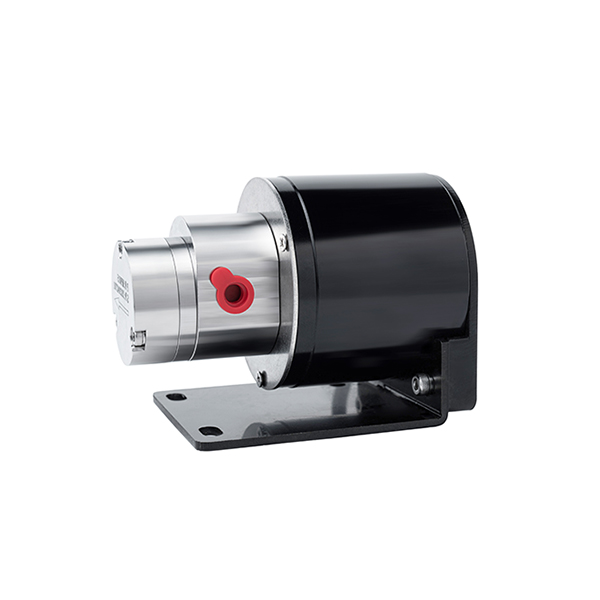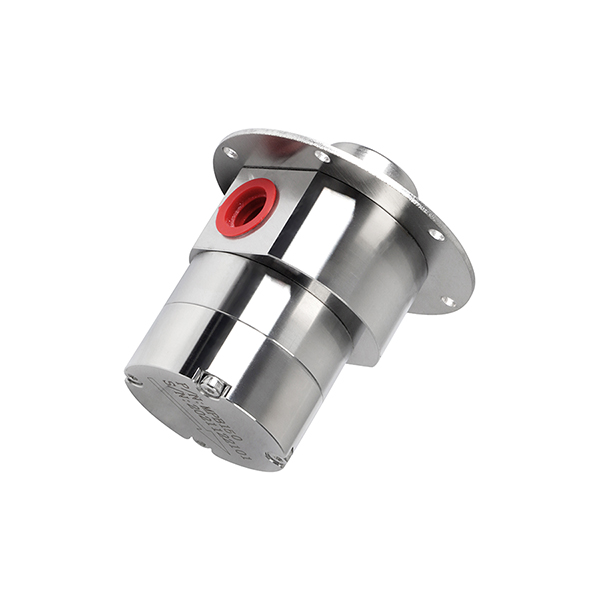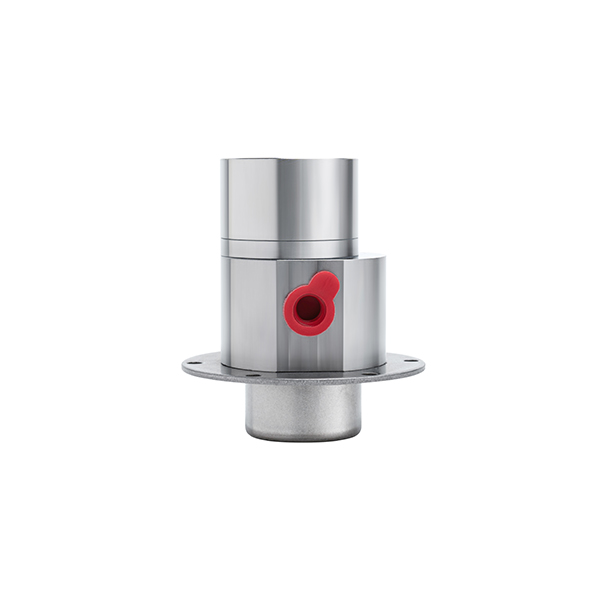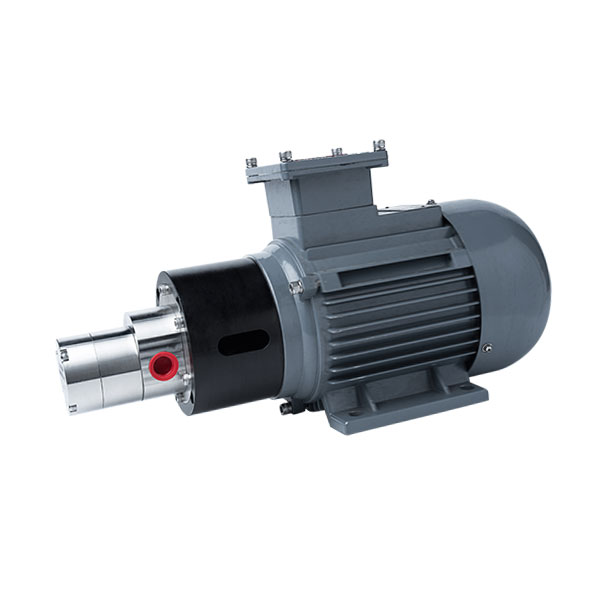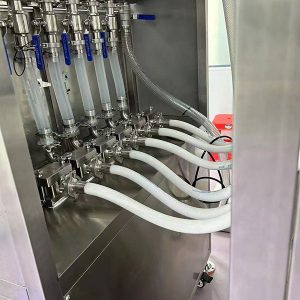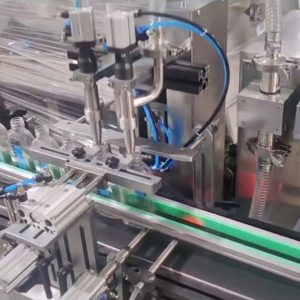FAQs
1. What is the Maximum Pressure for a Gear Pump?
The maximum pressure for a gear pump depends on its design and the materials used. Typically, gear pumps can handle pressures ranging from 1,000 psi (pounds per square inch) to 3,000 psi, with some specialized models reaching even higher. It’s essential to check the specifications of the gear pump you are using to ensure it operates within its rated pressure limit. Operating above the maximum pressure can damage the pump and reduce its lifespan.
2. How to Increase Pressure in a Gear Pump?
To increase the pressure in a gear pump, you can take several approaches:
- Increase pump speed: Faster operation can result in higher pressure, but be cautious not to exceed the recommended RPM (rotations per minute).
- Adjust the relief valve: A properly set relief valve can help increase pressure by limiting the flow and ensuring higher pressure levels.
- Use a pump with a higher pressure rating: If you need a significant increase in pressure, it might be necessary to upgrade to a pump designed to handle higher pressures. Always ensure that the rest of the system components can handle the increased pressure to avoid damage.
3. What Are the Two Types of Gear Pumps?
There are two main types of gear pumps:
- External Gear Pumps: These pumps have two interlocking gears that transfer fluid. They are widely used in industrial applications for pumping oil, chemicals, and other liquids.
- Internal Gear Pumps: These pumps use one gear inside another. They are known for their smooth operation and ability to handle thicker fluids with high viscosity.
Both types are reliable but may vary in efficiency and suitability depending on the application.
4. Does a Gear Pump Need Priming?
Yes, gear pumps need to be primed before use, especially if the system has been idle or has air trapped inside. Priming ensures that the pump is filled with fluid to start the pumping process. Without priming, the pump could run dry, causing damage to the gears or even leading to pump failure. To prime a gear pump, you can manually fill it with the fluid or allow the pump to be self-priming if it is designed to do so.

